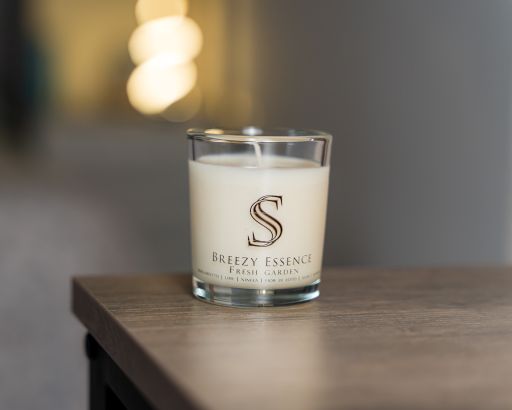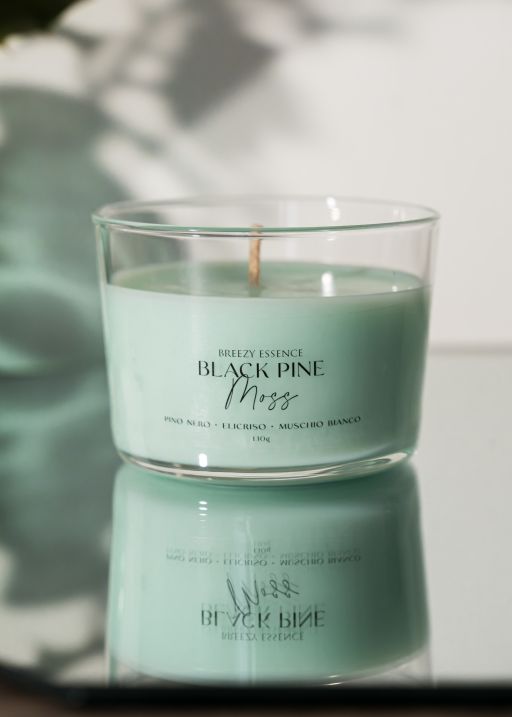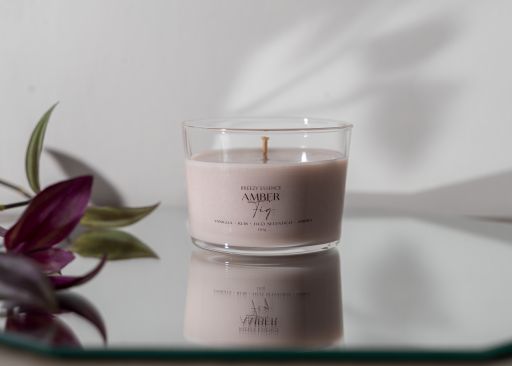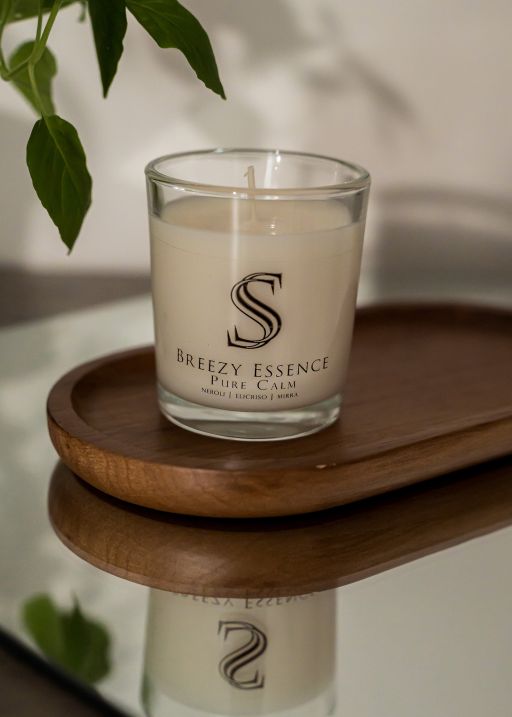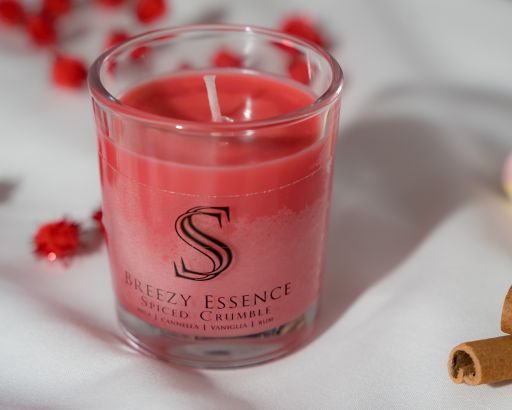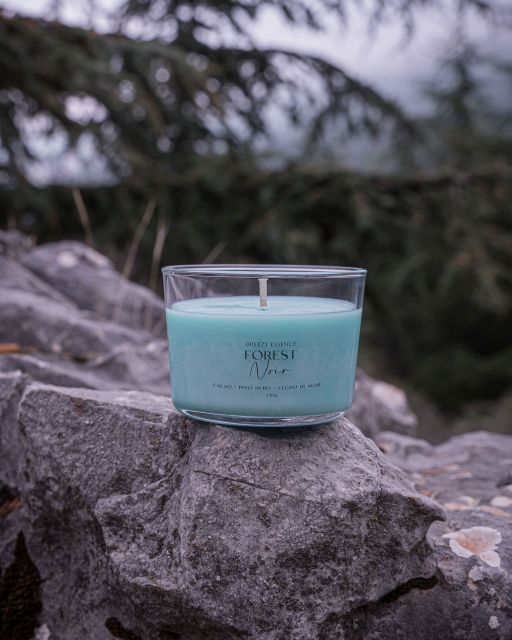02.07.2025
1.118
Aromatherapy is a holistic discipline that uses essential oils extracted from aromatic plants to stimulate individual health and well-being. This practice harnesses the therapeutic properties of natural essences to act on both body and mind, bringing balance, serenity, and healing. But it's not just about "relaxing scents": behind each essence lies a complex synergy of bioactive molecules capable of interacting with our biological systems.
How does aromatherapy work?
Aromatherapy uses the active compounds found in essential oils—extracted from aromatic plants—to stimulate physical and emotional rebalancing processes. Their effectiveness depends on two main absorption pathways: inhalation and skin application.
-
Inhalation:
When we inhale an essence, its aromatic molecules reach the olfactory receptors in the nose, triggering direct responses in the limbic system—the part of the brain that regulates emotions, memory, and hormones. This explains why certain aromas can relax, energize, or balance mood almost instantly.
-
Skin absorption:
When applied to the skin (always diluted in a carrier oil), essential oils penetrate the dermis and can enter the bloodstream. This allows plant-based active compounds to act on muscles, joints, the immune system, and the nervous system, providing both localized and systemic benefits.
Why is aromatherapy effective?
Its effectiveness lies in the ability of aromatic substances to interact with the brain and body through neurochemical and physiological pathways. Each oil has specific properties, depending on the plant of origin, and can be selected based on personal needs: relaxation, focus, energy, physical relief, immune support, and more.
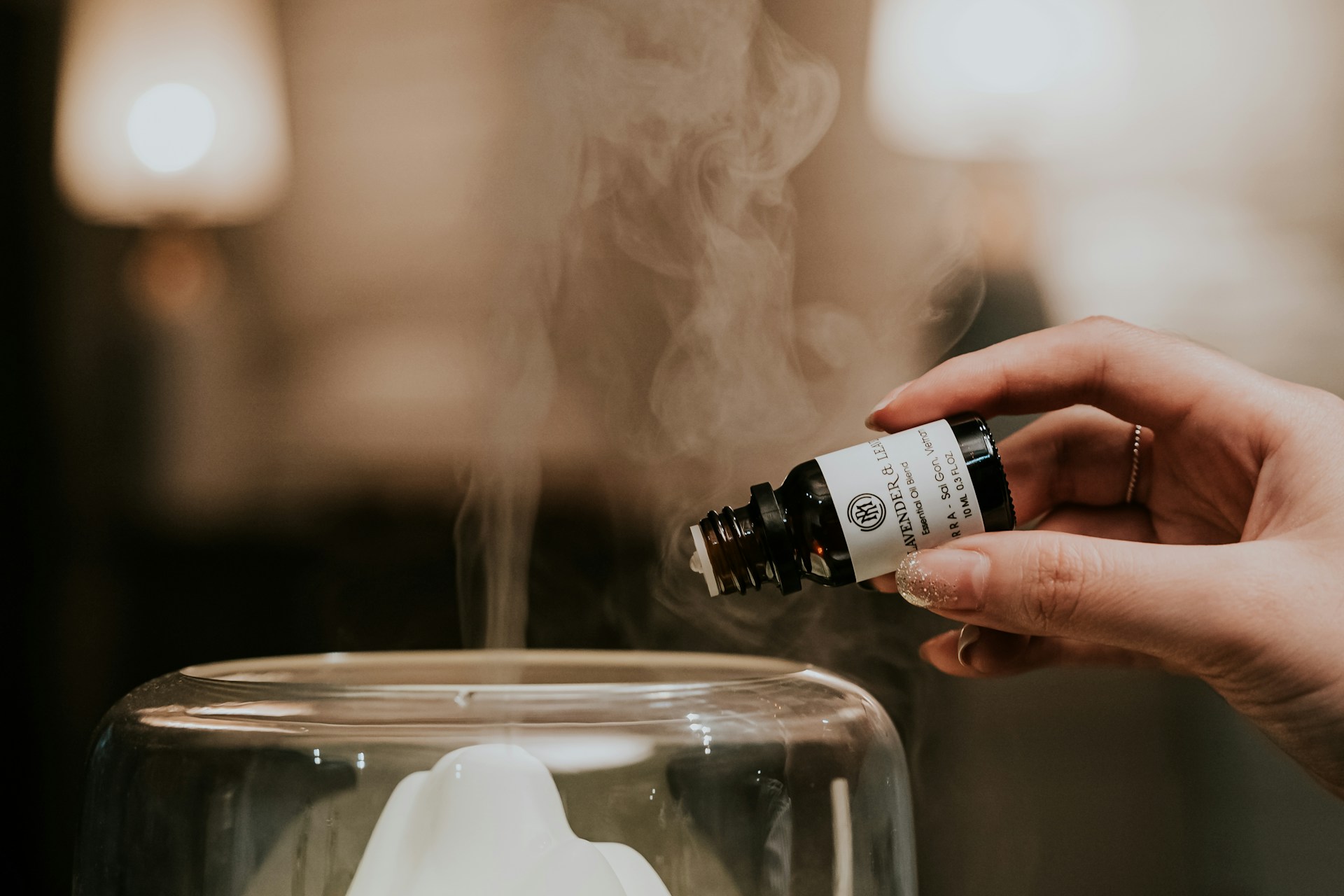
Aromatherapy and its benefits: does it really work?
Aromatherapy offers numerous benefits for physical and mental well-being, thanks to the volatile active ingredients in essential oils that act on both body and mind.
-
Reduces stress and daily tension
Scents such as lavender, bergamot, chamomile, and jasmine are known for their calming effects. They help create a relaxing atmosphere and support recovery after a long day.
-
Promotes deeper, more restorative sleep
Gentle aromas like chamomile, sandalwood, and lavender can enhance evening rituals and create the ideal conditions for falling asleep more easily.
-
Helps restore physical and mental balance
Aromatherapy is often used to recharge during moments of fatigue or when there's a need to regain one’s center. Fresh or balsamic scents like mint and eucalyptus contribute to a pleasant sensation of lightness and vitality.
-
Stimulates concentration and mental clarity
Scents like rosemary, lemon, or jasmine can promote alertness and support activities that require focus, such as studying or working.
-
Improves mood and supports emotions
Aromatherapy is a valuable ally for emotional well-being. Each fragrance can awaken memories, sensations, and positive states of mind, making every space more welcoming and harmonious.
Effectiveness and safety
Aromatherapy is a gentle and natural practice, appreciated for its positive effects on everyday well-being. While it doesn't replace medical care, it can be a valuable emotional and sensory support when practiced mindfully and with quality products. The key is to choose safe oils and fragrances and use them in ways that are conscious and suited to individual needs.
Aromatherapy and scented candles: is it possible?
Absolutely. Even though they don’t contain pure essential oils, laboratory-crafted fragrances can generate intense, evocative, and relaxing sensory effects. Scented candles thus become a practical tool for creating emotional atmospheres and enhancing the perception of indoor spaces.
Conclusion
In conclusion, aromatherapy is not limited to pure essential oils. Even a well-crafted scented candle made with safe ingredients like soy wax and carefully selected fragrances can become a powerful tool for daily well-being. Lighting it is not just an aesthetic gesture—it’s a ritual that engages the senses, calms the mind, and transforms the space. Because in the end, what truly matters is how it makes you feel.

